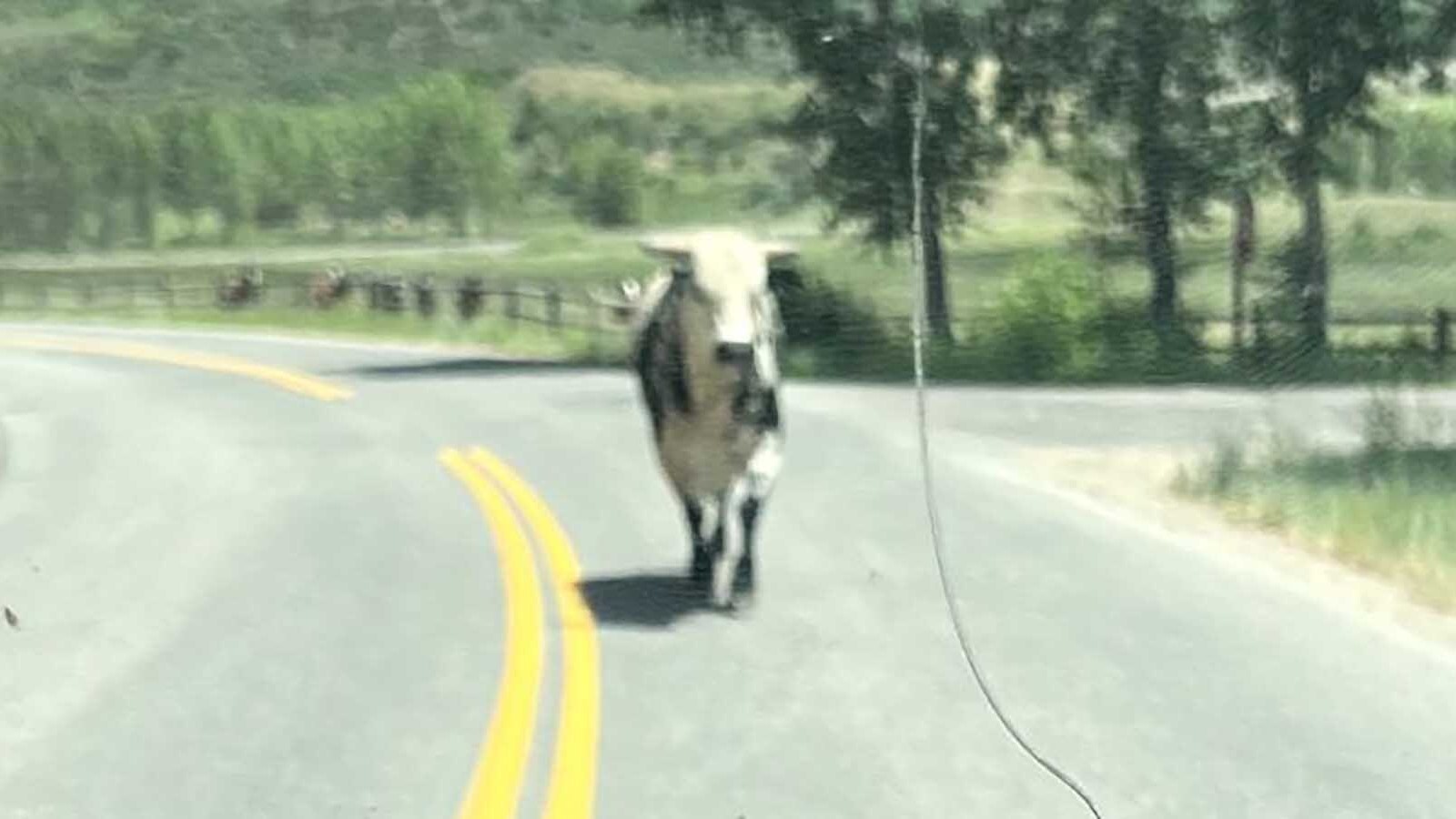More than 100 Wyoming state and local firefighters are helping battle wildfires in West Coast states, according to a state official, but at the same time, firefighters remaining in the state have suppressed more than 1,500 fires.
“We haven’t had any big headline-type fires this year,” said state Forester Bill Crapser. “But we’ve had a record number of fires this year. Working with the federal agencies, focusing on aggressive initial attacks, knock on wood, it’s been pretty successful for us.”
Firefighters from across the country are helping battle the flames from the 28 major wildfires burning in California, and another 30 burning in Washington and Oregon.
Crapser said 88 firefighters from local fire departments across Wyoming are helping battle the fires, accompanied by 17 engines.
From the State Forestry Division, 12 firefighters and one engine have been sent to assist, he added.
Another 22 Wyoming firefighters making up part of a multi-state “strike team” are helping battle the flames in Oregon with firefighting crews from Kansas and South Dakota, Crapser said.
The local firefighters in Oregon, who also took engines from their departments, come from Campbell and Fremont counties and Rock Springs and Jackson, he added.
A state fire crew is also part of the team, along with one of the state’s engines, he said.
The units have been deployed in Oregon as part of the Great Plains Interstate Fire Compact, in which multiple states join efforts to battle flames.
“It’s pretty cool to see how we can mobilize stuff on a fire and put together that many agencies all running under the same management team,” he said.
Inside the state’s borders, firefighters have been assisted in their efforts to suppress fires early by two single-engine air tankers that the state has under contract, Crapser said.
“The two aircraft based out of Casper, they’ve flown on 50 different fires and made 229 individual sorties,” he said.
In addition, helicopters specially equipped to fly firefighters to remote fires have been busier than usual this year, Crapser said, helping with keeping fires to a minimum.
“In an average season for a helitack, they will fly 32 missions,” he said. “As of yesterday, they had flown 45 for the season.”
Part of the reason to aggressively battle fires is to keep them small so large fire camps will not be needed, he added.
“Part of it is because of COVID,” he said. “This is an attempt nationally. We’re trying to avoid large fire camps where we have several hundred people.”





